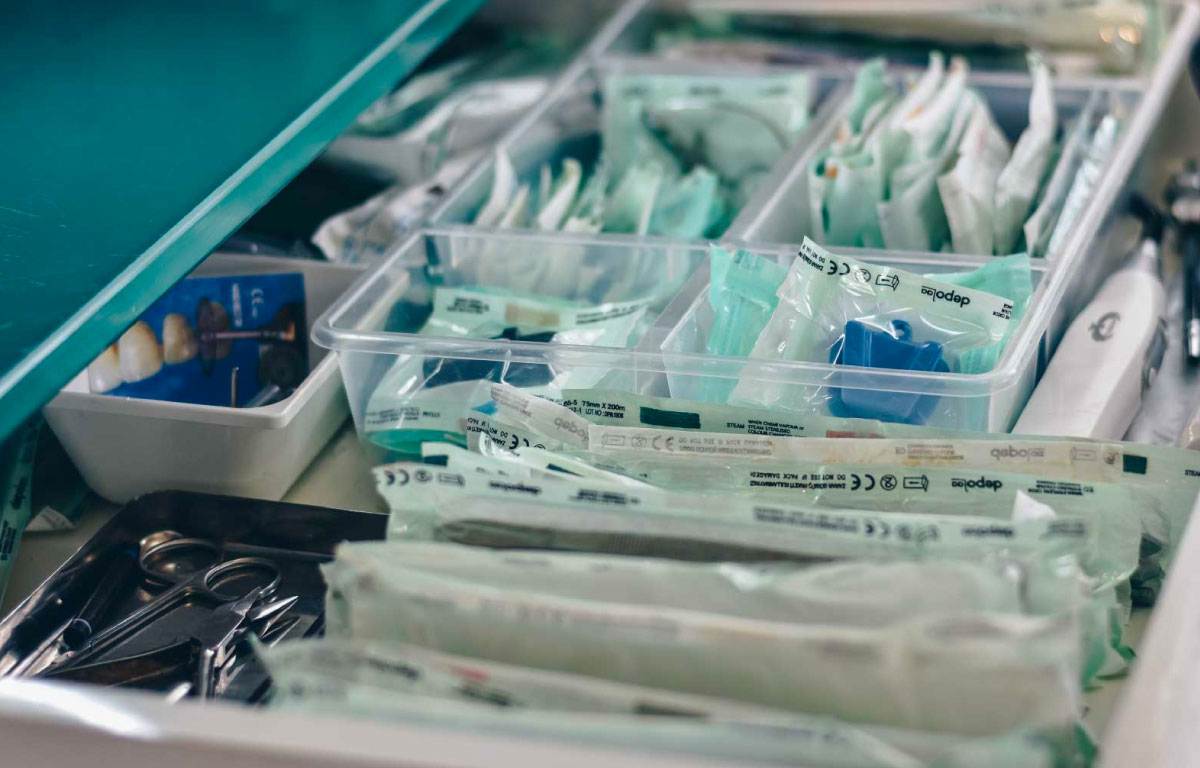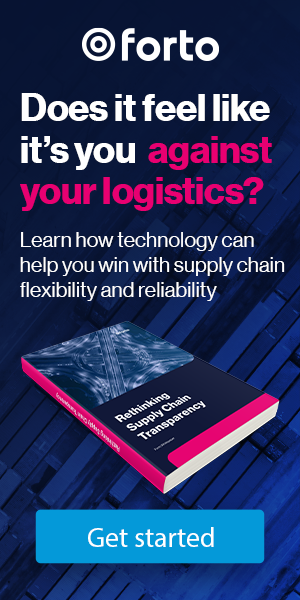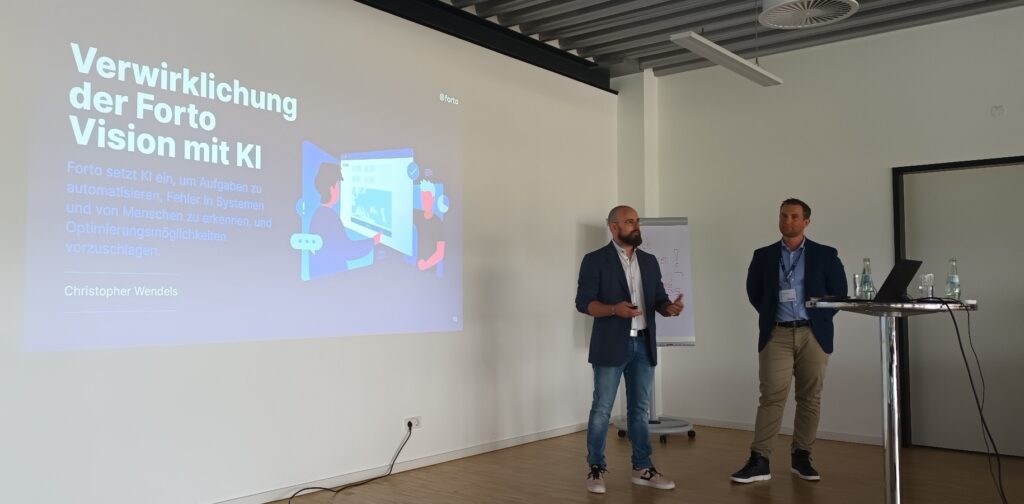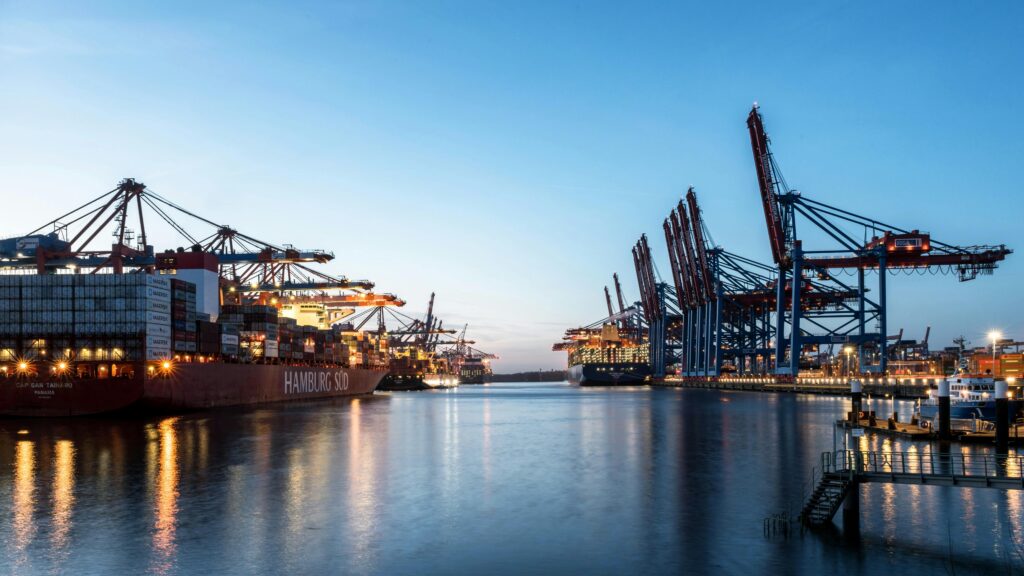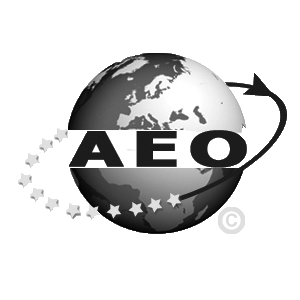-
Everything you need to know about certificates and customs regulations for importing medical equipment
-
A comparison of the different transport options from air to rail freight
-
Constantly updated news about the regulations for the import of medical goods
Special times require special measures: As medical protective equipment and disinfectants are needed everywhere during the Covid-19 pandemic, the German customs authorities are speeding up the transport of these goods to Germany by facilitating import regulations. To contain the pandemic, the European Commission also decided on 13 March that medical protective equipment may be imported into the EU without the CE conformity mark if the national market surveillance authorities confirm that the goods comply with applicable EU standards. This only applies to the period during the pandemic. These goods must not enter the normal distribution channels and must not be made available for other uses. For breathing masks, for example, a rapid test is available to prove conformity with European standards. In addition, the European standards organizations, such as the German DIN, are making various European standards for medical devices and personal protective equipment available free of charge until further notice.
With FreightHub, you have a reliable partner for transport when importing these items. We are happy to support you during the entire process, from requests for transport prices to the successful import of your goods by our expert teams and our strong local network both in Asia and here in Europe.
What is protective equipment and what papers are required?
Basically, when importing medical goods, a distinction is made between three categories: personal protective equipment for personal use, personal protective equipment for medical use and medical protective equipment. Medical protective equipment includes protective goggles, face masks, protective equipment for mouth and nose (e.g. breathing masks), protective clothing and gloves. Many of these goods for the European market are produced in Asia, mainly in China. For smooth customs clearance, the goods should be CE-certified, although in times of Corona the above-mentioned exemptions exist, but only for goods with non-commercial purposes.
Compliance with medical standards is checked by state-approved CE testing institutes depending on the category to which the goods belong. For protective equipment for medical use, the manufacturer must submit the so-called CIQ papers (China inspection and quarantine) for articles of medical use. A Certificate of conformity or certificate of compliance must also be available. In order to avoid an increased risk of customs inspection or involvement of the market surveillance authorities, we recommend that you proactively send the above mentioned certificates to us.
The HS Code must also be noted on the customs declaration. This is a number defined for each product, which customs authorities around the world can use to identify at a glance which item is involved. The number depends on whether the goods are for medical or personal use.
Recommendations for transport
FreightHub also recommends taking out transportation insurance to minimize the risks of loss or damage. This insurance can be taken out in parallel with the planning of the transport of the medical goods via our digital platform. We also recommend paying for protective equipment in advance, as the high demand is leading to further price increases. A contract between recipient and carrier and between carrier and manufacturer helps to avoid financial losses due to damage or loss of the goods. We are also happy to help you approach suppliers of medical protective equipment who are certified for the manufacture of these goods.
Customs facilitation and acceleration
Anyone importing medical protective equipment and disinfectants should ensure that the customs declaration indicates code 9DFA (IT procedure for customs introduction ATLAS import 0026/20 of 2 April). This coding means that the goods delivered are medical supplies due to the corona situation. These goods are given priority during customs clearance.
Economic operators (persons who make numerous customs declarations in the course of their business) require an EORI number (Economic Operators’ Registration and Identification number). Those who want to clear medical protective equipment through customs and do not yet have an EORI number will receive it preferentially if they send their EORI application to the e-mail address [email protected] and prove that they are expecting goods that are needed to contain the pandemic.
Import regulations and duty exemption
If articles from the field of medical protective equipment are imported into Germany in order to be sold freely, both a customs duty and the import turnover tax (19% of the value of the goods) are incurred. For charitable and civil protection organisations, but also for private individuals, economic operators and government organisations during the Corona pandemic, the import of medical protective equipment is duty-free, provided that they donate the items. This applies to hospitals, doctors’ surgeries and other institutions responsible for the emergency medical care of Covid-19 risk groups. To qualify for duty-free treatment of Covid-19 relief items, the customs declaration must include the EU code C26.
Transport options for corona relief goods
FreightHub offers different transport options for corona relief supplies from China, which can be easily compared on our digital platform:
- The fastest way to ship goods is, of course, by air freight: respirators reach their destination within a transit time of 3 to 7 days.
- Another good alternative is rail freight, where the goods are in transit for 14 to 17 days, but far less carbon dioxide is emitted during transport than with air freight.
- Sea freight is the longest way: it takes about 30 days until the relief goods arrive in Germany.
- FreightHub naturally also enables multimodal transports. If necessary, the means of transport can easily be changed via our platform, for example if medical protective equipment needs to reach its destination faster.
Regulatory Updates [NEWS TICKER]
An overview of the most important regulatory requirements for the transport and import of medical protective equipment. This list is updated continuously.
April 2, 2020 Coding 9DFA for accelerated customs clearance of medical protective equipment (applies during the Corona crisis until further notice)
1 April 2020 Emergency EORI for relief supplies
30 March 2020 DIN provides standards for medical equipment free of charge
27 March 2020 Derogations for duty-free imports of medical supplies and materials as aid for the Corona crisis (including extension of the circle of importers)
13 March 2020 Import of medical protective equipment without CE mark possible if it is confirmed that the goods comply with EU standards
Do you need assistance in transporting your relief supplies?
Contact us here or contact your FreightHub account manager.


